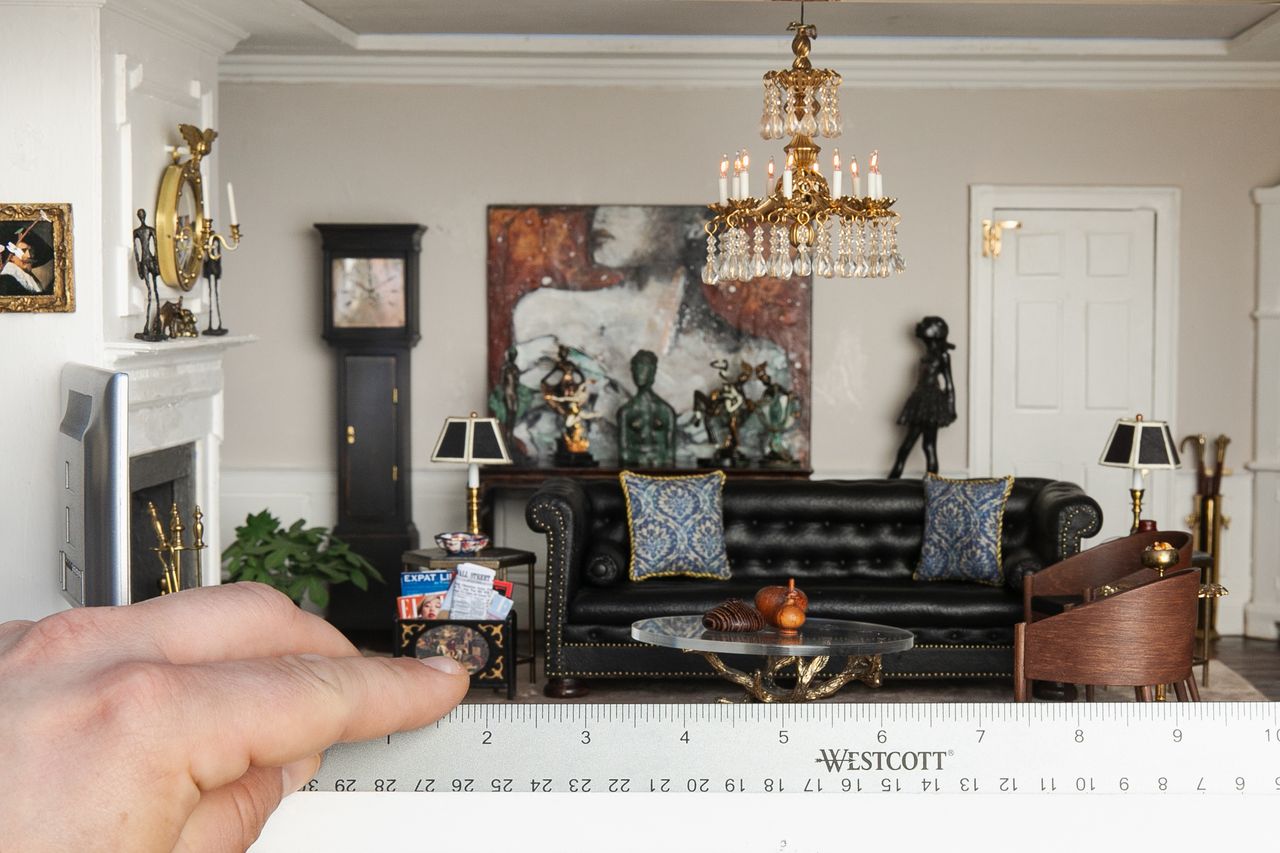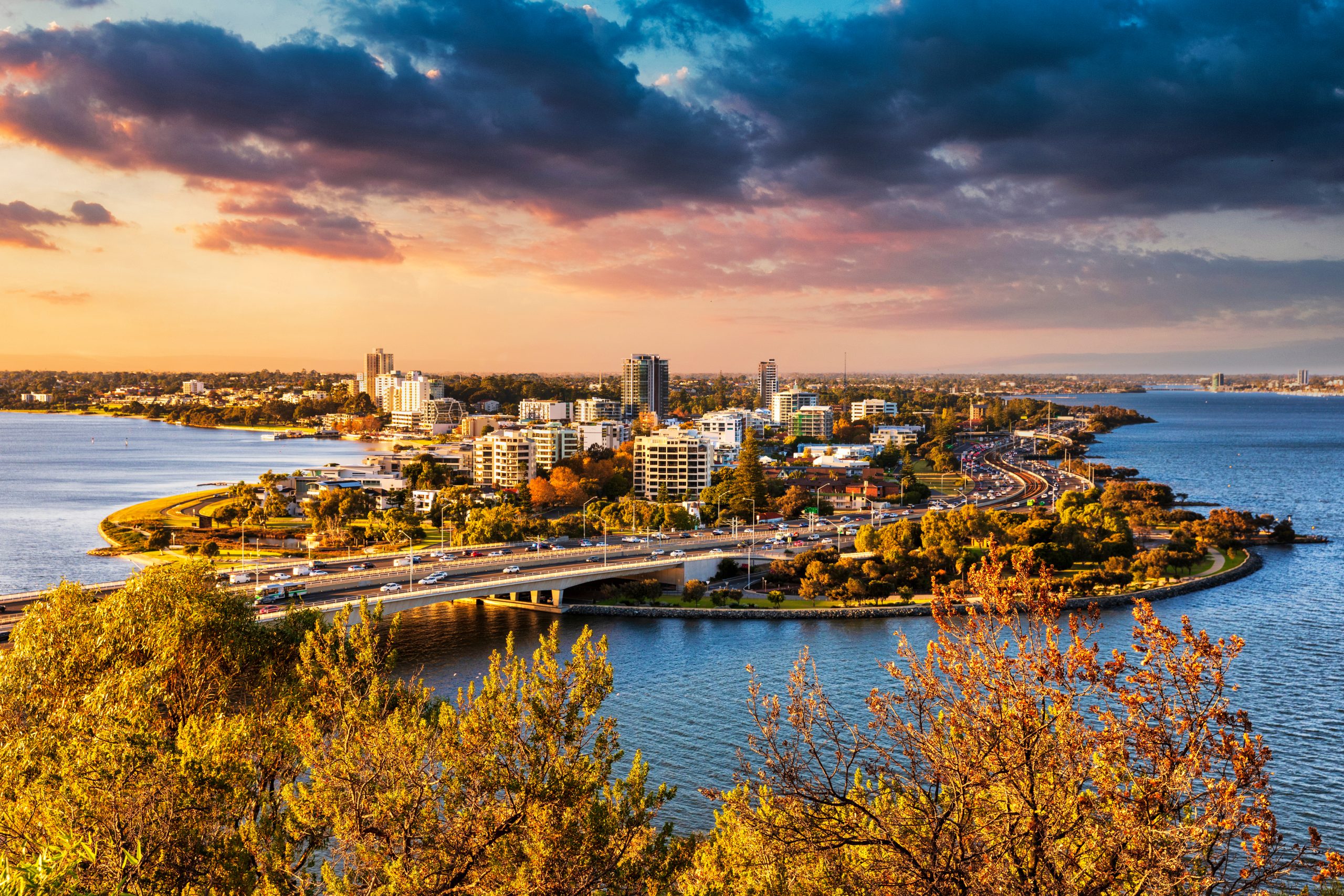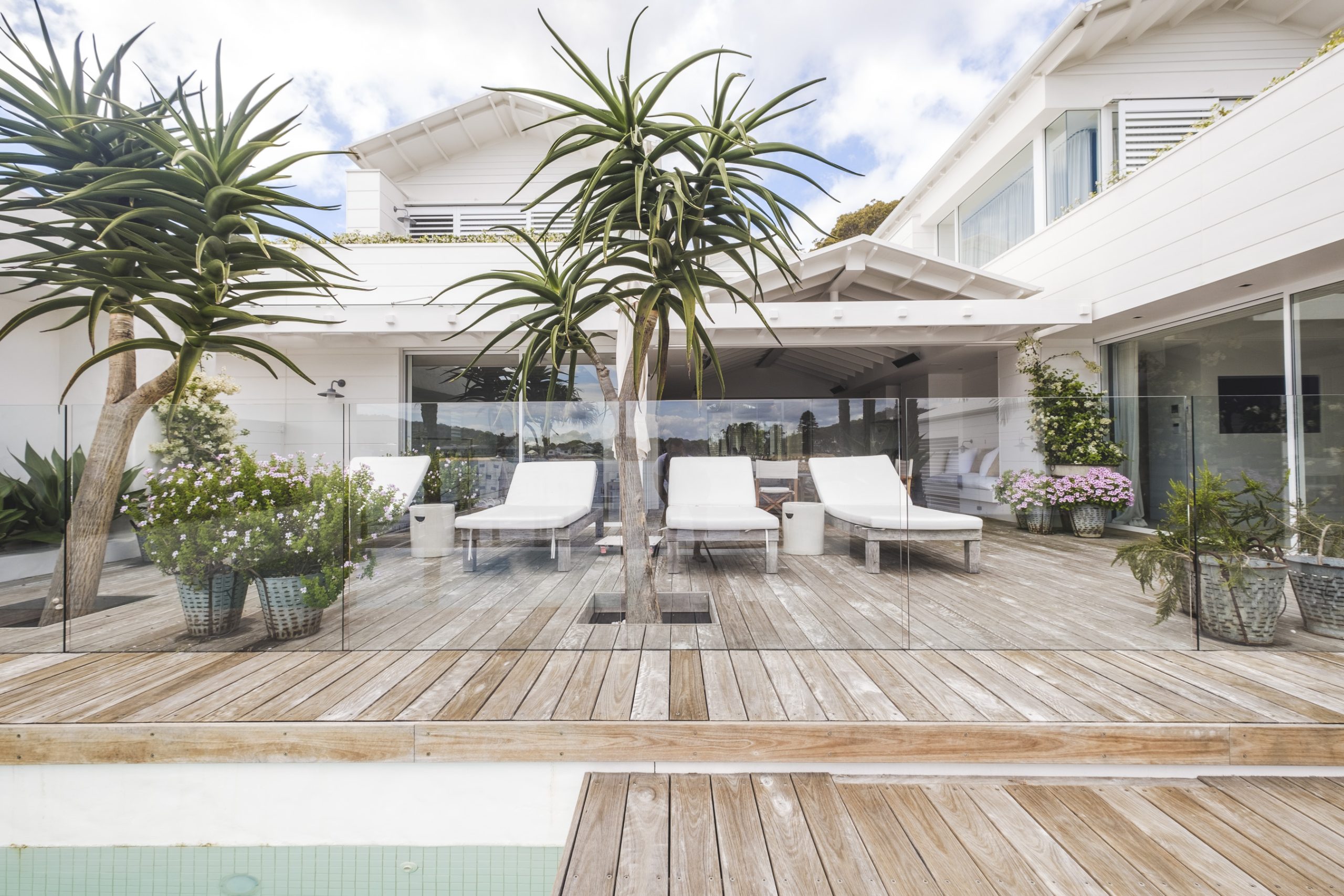The Right Way to Lay Out Your Living Room: The 7 Formulas Interior Designers Rely On
What size should the rug be? How high the coffee table? Design pros don’t just wing it. They follow these guidelines.
“DESIGNING A ROOM is like putting a puzzle together,” Paul Corrie, an interior designer in Washington, D.C., told me. Despite my having interviewed dozens of design wizards as a journalist, my own suburban Colorado living room remains “unsolved.”
So I reached out to my decorating contacts to see if they could prescribe formulas for living rooms: from optimal rug sizing to how high to hang lights. None of these rules are etched in parquet, but even experienced designers largely stick to them. And they’ll help you (and hopefully me) map out a handsome but homey living room.
1. Keep Your Friends Close
Conversation can sputter fast if your seat is too far from—or discomfitingly near to—your chatmate. The minimum distance between the fronts of seats, says Atlanta designer Vern Yip, is 42 inches. Anything within that “feels like you’re intruding on somebody’s personal space,” said Yip, author of “Design Wise” (Running Press, 2016). The max separation is 120 inches. Any farther and “you no longer feel like you’re in the conversation.”
When laying out seating in a living space, Ellen S. Fisher, vice president for academic affairs and dean of the New York School of Interior Design, often conjures an image of three sides of a square for inspiration. “Why this shape? Because everyone likes a corner seat and to sit at right angles to others when conversing,” she said. Passageways between pieces that will see traffic should be at least 24 to 36 inches wide, says Yip.
2. Serve Up Comfort
My own coffee table is all wrong: a 33-inch wide ellipse of marble that, at just 12 inches tall, means my 6-foot-5-inch husband stoops like a drooping tulip just to pick up his morning tar. Ideally, says Yip, the table surface and seat should be the same height (as should a side table and sofa arm). And place the coffee table no further than 15 inches from the sofa, says Fisher, author of “Home: The Foundations of Enduring Spaces” (Clarkson Potter, 2018). Or even 12 inches, said Fisher. “That might seem too close, but if the table is too far away, a person on the sofa can’t pick up an hors d’oeuvre.” And the table should be one half to two-thirds the length of your settee, “small enough that you can negotiate around it but large enough that people sitting on the ends can still easily access the table,” Yip said.
3. Lower the Lights
You probably know to layer your lighting. An optimal scheme, says Yip, includes recessed, atmospheric and task lighting. But are you aware of ideal placements? Table and floor lamps, for example, should be low enough “so when you’re sitting, the shade doesn’t go above eye-level,” he said. Chandeliers need a minimum of 76 inches from the floor to the lowest point of the light but a maximum of 84 inches. “You see a lot of houses that have double stories—you know, homes in suburbia trying to be mansions—where the poor fixture is hugging the ceiling and doesn’t feel like part of the room,” said Yip. The aim is to have walking space while lending “ambience, atmosphere and scale to the space,” said Yip. Got sconces? Place them on either side of whatever they’re bracketing, be it a painting or mirror, aligned with the centerline.
4. Roll Out a Big Rug
Though I loathe the bland, taupe wall-to-wall carpet we inherited from our home’s previous owners, I have to admit, it creates a boundless horizon and feels dang good underfoot. Conversely, a too-small rug is bound to shrink the room. At minimum, the front feet of the furniture should sit on the rug. Better: all four feet, said Fisher. Yip takes it a step further, often custom-ordering expansive rugs so they extend to within 12 to 18 inches of the “limiting factor” (such as a wall or fireplace hearth).
5. Careful With the Couch
“A 6- to 8-foot long sofa is going to give you the most flexibility in designing a room,” said Corrie. As to the depth of the seat, a person can sit back about 24 inches before he or she starts to recline. Anything deeper calls for throw pillows. As for the overall depth of a sofa, “less than 33 inches starts to feel like a bench seat, and more than 38 inches creates a footprint that will impact everything else,” Corrie said.
6. Aim Higher
I dream of flinging open silk velvet draperies each morning, like a “Downton Abbey” maid. But if I make the splurge, how high should they be hung? “It doesn’t matter if you have thousand-foot-tall ceilings,” Yip said. “Take your drapery as high as you can go,” and don’t stop short of the floor. If you have crown molding, roost your curtain rods just below it. Yes, this costs, but it also makes rooms feel voluminous.
7. Max Out the Viewing
Whether placing a TV, mirror or painting, consider where the observing peepers will be. Hang art so that its center is 60 inches from the floor—“the average human eye level,” said Yip. Televisions, since they’re watched while sitting, can be hung as low as 48 inches floor-to-center. Ideal viewing distance? “Roughly 1½ to 2½ times the diagonal measurement of the screen,” Yip said. For example, a 60-inch screen is best placed 90 to 150 inches from your seats. Any closer and you’ll notice a breakdown in picture quality, says Yip. “Any farther and you won’t feel engaged.”
 Copyright 2020, Dow Jones & Company, Inc. All Rights Reserved Worldwide. LEARN MORE
Copyright 2020, Dow Jones & Company, Inc. All Rights Reserved Worldwide. LEARN MORE
This stylish family home combines a classic palette and finishes with a flexible floorplan
Just 55 minutes from Sydney, make this your creative getaway located in the majestic Hawkesbury region.
The Republican nominee says it would help bring down home prices, though these buyers account for a fraction of U.S. home sales
Former President Donald Trump said he would ban undocumented immigrants from obtaining home mortgages, a move he indicated would help ease home prices even though these buyers account for a tiny fraction of U.S. home sales.
Home loans to undocumented people living in the U.S. are legal but they aren’t especially common. Between 5,000 and 6,000 mortgages of this kind were issued last year, according to estimates from researchers at the Urban Institute in Washington.
Overall, lenders issued more than 3.4 million mortgages to all home purchasers in 2023, federal government data show.
Trump, the Republican presidential nominee, made his comments Thursday during a policy speech to the Economic Club of New York in Manhattan.
Housing remains a top economic issue for voters during this presidential election. Rent and home prices grew at historic rates during the pandemic and mortgage rates climbed to levels not seen in more than two decades. A July Wall Street Journal poll showed that voters rank housing as their second-biggest inflation concern after groceries.
Both major candidates for the 2024 presidential election have made appeals to voters on housing during recent campaign stops, though the issue has so far featured more prominently in Vice President Kamala Harris ’s campaign.
Trump has blamed immigrants for many of the nation’s woes, including crime and unemployment. Now, he is pointing to immigrants as a cause of the nation’s housing-affordability crisis. Yet some affordable-housing advocates and real-estate professionals said Trump’s mortgage proposal would fail to bring relief to priced-out home buyers.
“It’s unfortunate that given the significant housing affordability crisis that is widely acknowledged across most partisan lines, we are arguing about a minuscule segment of the market,” said David Dworkin, president of the National Housing Conference, an affordable-housing advocacy group.
Gary Acosta, chief executive of the National Association of Hispanic Real Estate Professionals, a trade organization, said, “It’s just another effort to vilify immigrants and to continue to scapegoat them for any issues that we have here in the United States.”
A Trump campaign spokeswoman didn’t immediately respond to a request for comment.
Undocumented immigrants in the U.S. can obtain an obscure type of mortgage designed for taxpayers without Social Security numbers, most of whom are Hispanic. The passage of the USA Patriot Act of 2001 allowed banks to use identification numbers from the Internal Revenue Service as an alternative to Social Security, extending a number of financial services to people without legal status for the first time.
Mortgage loans for undocumented immigrants are typically higher interest and borrowers include legal residents who have undocumented spouses, Acosta said. Lenders include regional credit unions and community-development financial institutions.
In his speech, Trump said that “the flood” of undocumented immigrants is driving up housing costs. “That’s why my plan will ban mortgages for illegal aliens,” he said.
Trump didn’t elaborate on how he would enact a ban on such loans.
Though mortgages for undocumented people living in the U.S. are relatively rare, residential real-estate purchases by foreign nationals are big business , especially in expensive coastal cities such as New York and Los Angeles. These sales have declined in recent years, however.
Close to half of foreign purchases are made by people residing abroad, while the other half are made by recent immigrants or residents on nonimmigrant visas, according to an annual survey by the National Association of Realtors. Many affluent foreigners buy U.S. homes with cash instead of obtaining mortgage financing.
In his Thursday speech, which focused mostly on other economic matters such as energy and taxation, Trump proposed other measures to bring down housing costs, including cutting regulations for builders and allowing more building on federal land. Similar ideas appeared in the housing policy outline Harris released in August .
The former president has spoken on housing-related issues in speeches at other recent campaign stops, including in Michigan last month, where he touted his administration’s 2020 overturn of a policy that had encouraged cities to reduce racial segregation .
“I keep the suburbs safe,” Trump said. “I stopped low-income towers from rising right alongside of their house. And I’m keeping the illegal aliens away from the suburbs.”
This stylish family home combines a classic palette and finishes with a flexible floorplan
Just 55 minutes from Sydney, make this your creative getaway located in the majestic Hawkesbury region.






















